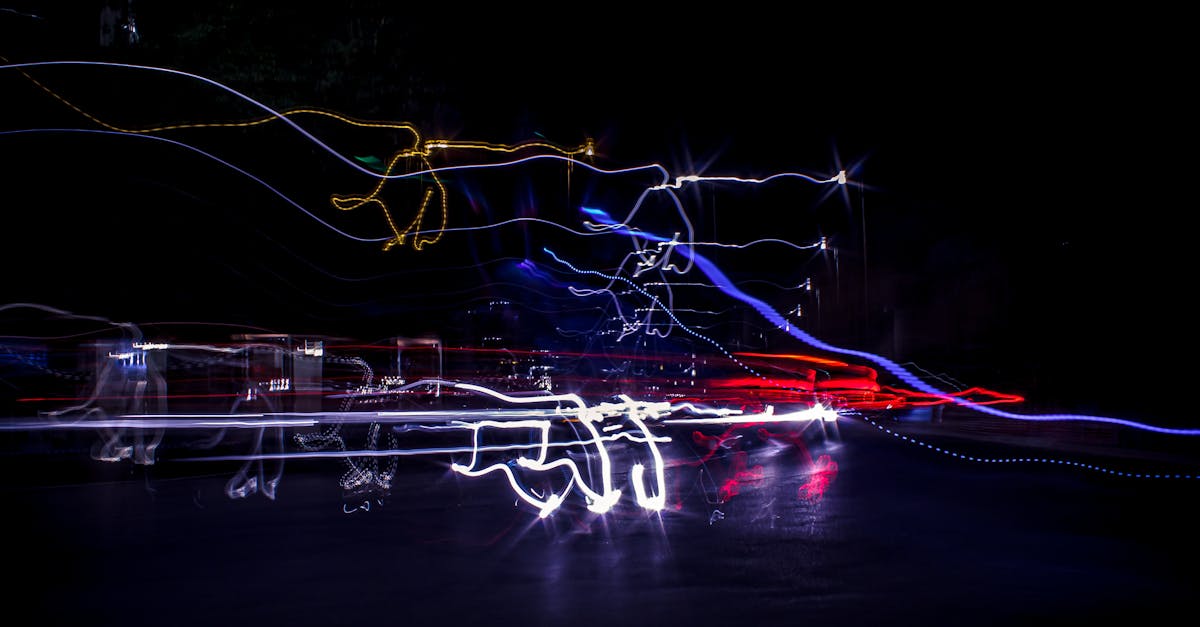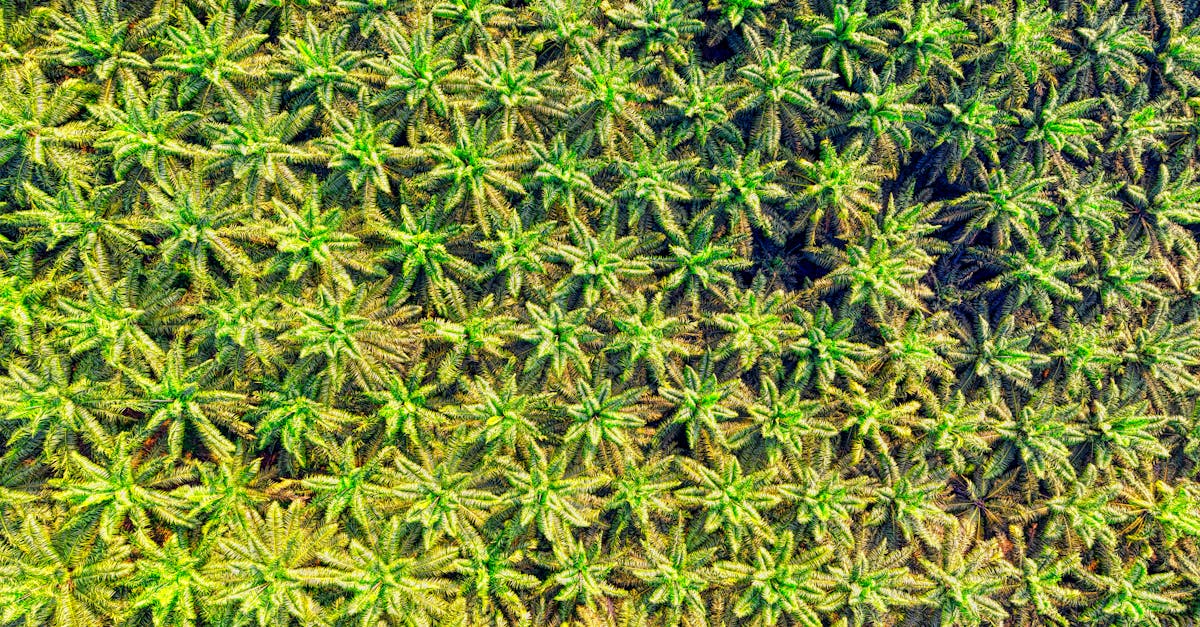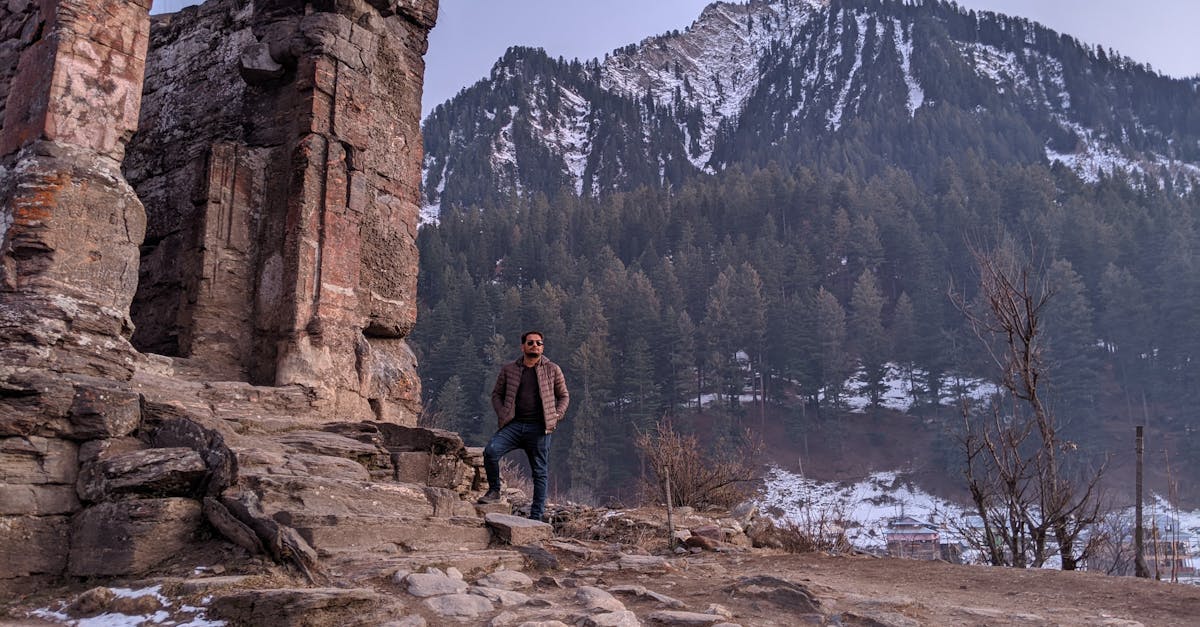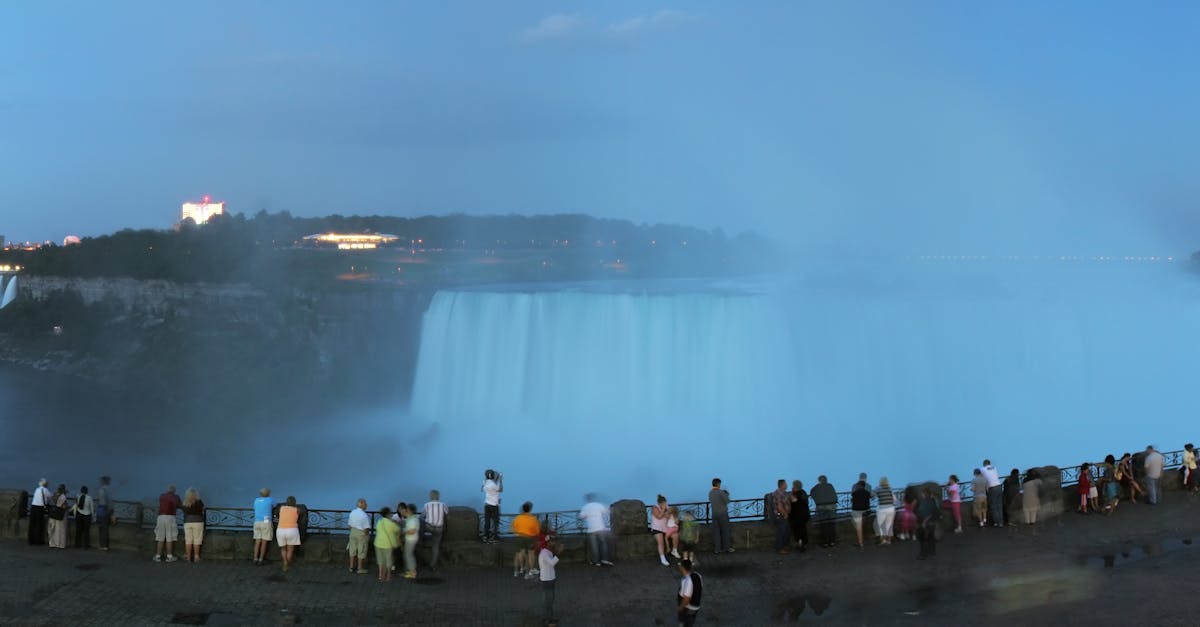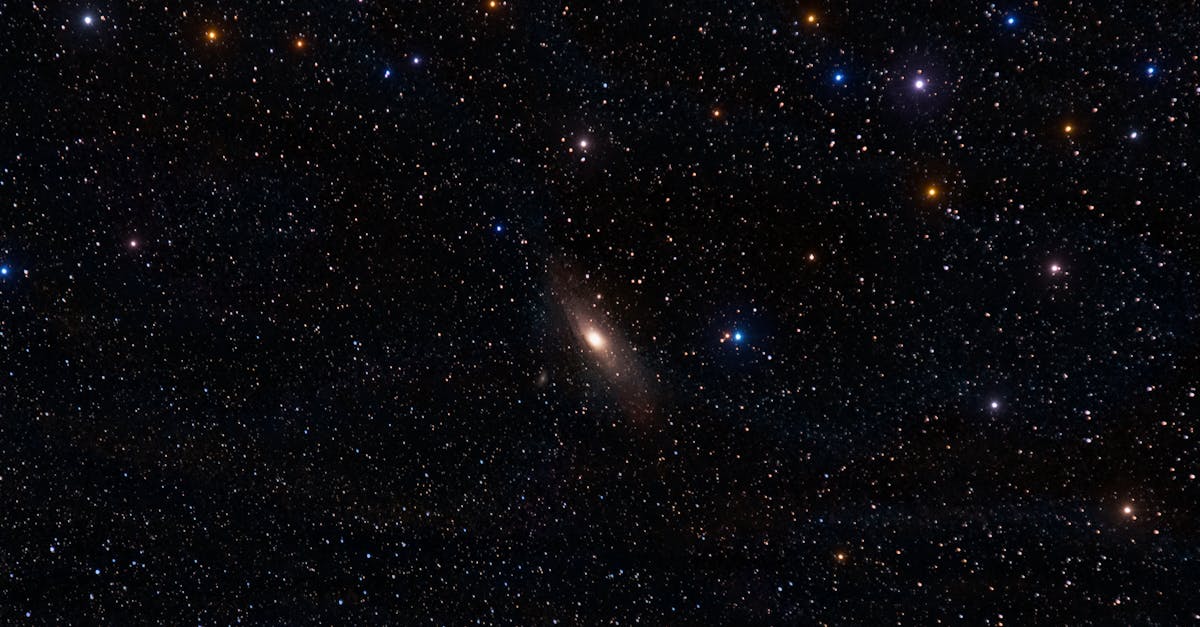India-Taliban Relations
-
High-Level Talks: India’s Foreign Secretary met with Afghanistan’s acting Foreign Minister in Dubai, marking India’s highest-level engagement with the Taliban for national and security interests.
-
Expanding Aid and Cooperation: India will increase development projects alongside humanitarian aid (wheat, medicine, vaccines). Cooperation will grow, particularly in cricket.
-
Chabahar Port Importance: Both sides agree to boost the use of Chabahar Port for trade, commerce, and humanitarian aid delivery to Afghanistan.
-
Security Assurances: The Taliban recognized India’s security concerns and pledged continued contact at various levels.
-
Changing Global Dynamics:
- Taliban-Pakistan Tension: Strained relations between the Taliban and Pakistan prompted India’s engagement to protect its interests.
- Iran’s Focus Shift: Iran is preoccupied with the Israel conflict, leaving a gap in dealing with the Taliban.
- Russia’s Alignment: Russia sees the Taliban as an ally against ISIS.
- China’s Influence: China’s economic interest in Afghanistan through the Belt and Road Initiative worries India and India trying to prevent China’s dominance in Afghanistan.
- US Re-engagement: Anticipating potential US re-engagement, India wants to ensure its interests remain central.
-
Security Concerns (India): India wants the Taliban to control anti-India elements (LeT, JeM, ISKP).
-
Development Benefits: Taliban officials valued India’s $3 billion projects and want continued investment.
-
Afghanistan’s Strategic Importance:
- Central Asia Access: Afghanistan provides a route to Central Asian resources via Chabahar.
- Countering Pakistan: India strengthens its regional position.
- Counter-Terrorism: India asserts its leadership against terrorism.
- Mutual Benefits: Continued projects benefit both Afghan people and India.
-
Challenges:
- Terrorism: Extremist groups in Afghanistan pose a threat to India.
- Pakistan’s Role: Pakistan sees India’s presence as a threat.
- Diplomatic Recognition: India hasn’t officially recognized the Taliban.
- Refugee Crisis: Afghan refugees strain resources.
-
Way Forward: Focused small projects, support for civil society, SAARC for trade, narrative building on people’s concerns and student visas.
IOM: The Basics
-
Established in 1951: IOM is a leading intergovernmental organization for migration.
- Why: Highlights its long history and established role.
-
Part of the UN system: IOM is a related organization of the United Nations.
- Why: Shows its close ties with the UN.
-
Mandate: IOM promotes humane and orderly migration benefiting migrants and society.
- Why: Outlines IOM’s core principle and mission.
-
Key functions: Manages migration, promotes international cooperation, finds migration solutions, and provides humanitarian assistance.
- Why: Explains IOM’s main activities and areas of focus.
-
Focus on Labour Mobility: UN agency in charge of labour mobility and migration in general.
- Why: Explain IOM responsibility in labour mobility, diaspora and migrant integration.
-
Coordinator for the UN Network on Migration: IOM plays a central coordinating role within the UN system.
- Why: Highlights its leadership in migration-related efforts.
-
Supported the UN Global Compact for Migration: IOM supported the agreement for international migration adopted in 2018.
- Why: Emphasizes IOM’s involvement in shaping global migration policy.
-
Headquarters: Geneva, Switzerland.
- Why: Provides location information.
-
Membership: 175 member states and 8 observer states.
- Why: Shows its widespread international presence.
-
UN Global Compact for Migration: A non-legally binding agreement for international migration under the UN.
- Why: First inter governmentally negotiated agreement to cover all dimensions of international migration in a holistic and comprehensive manner.
PBD: Connecting Diaspora
-
What: Pravasi Bharatiya Divas (PBD), a biennial event celebrating the Indian diaspora’s contributions to India.
-
Why in News: The 18th PBD Convention will be organized by Odisha from January 8th to 10th, 2025, themed “Diaspora’s Contribution to a Viksit Bharat” (Developed India).
-
Historical Significance: Commemorates Mahatma Gandhi’s return to India from South Africa in 1915.
-
Objectives: Acknowledging diaspora contributions, fostering understanding of India abroad, supporting Indian causes, and providing a platform for engagement.
-
PBD Convention: Established in 2003. The 2025 convention will focus on diaspora’s role in India’s development.
-
Pravasi Bharatiya Samman Award (PBSA): Highest honor for NRIs, PIOs, or diaspora-run organizations for their contributions.
-
Diaspora Defined: NRIs (resident abroad), PIOs (foreign citizens with Indian heritage, category abolished in 2015), and OCIs (eligible for Indian citizenship on Jan 26, 1950).
-
Diaspora’s Contribution to Viksit Bharat: Economic empowerment, promoting global trade, supporting innovation, tackling global challenges (climate change), and enhancing cultural linkages.
-
Challenges Faced by Diaspora: Identity issues, integration difficulties, politicization, religious bias, legal and citizenship concerns, and remittance challenges.
-
Way Forward: Legal protection, stronger consular support, social integration, economic engagement, and skill development/knowledge transfer.
-
Vision 2047: Involves structured diaspora engagement, especially the youth, to achieve a developed India by 2047.

Polar Vortex Explained
- What it is: A large, rotating area of low pressure and cold air around Earth’s poles.
- Location: Extends high into the atmosphere, from the tropopause through the stratosphere and into the mesosphere.
- Seasonal Changes: Always present, weakens in summer, strengthens in winter.
- The “Vortex” Effect: Refers to the counter-clockwise air flow that keeps cold air near the poles.
- Winter Expansion: In the Northern Hemisphere, the polar vortex expands during winter.
- Cold Air Outbreaks: Expansion sends cold Arctic air southward via the jet stream.
- Jet Streams: Strong, upper-level winds that carry the cold air.
- Geographic Impact: Affects the United States, Europe, and Asia.
- Primary Danger: The extreme cold temperatures resulting from the southward surge of Arctic air.
- Southern Hemisphere: Antarctic polar-front jet stream is more stable. Cold air outbreaks are less frequent and less impactful on populated areas.
- Stratosphere Defined: The layer of Earth’s atmosphere above the troposphere, containing ozone that absorbs UV radiation and causes temperatures to rise with altitude.
Nimesulide: An NSAID
-
Nimesulide is a non-steroidal anti-inflammatory drug (NSAID) used for pain and inflammation relief.
-
It works by reducing inflammation-causing chemicals in the body, prescribed for fever, menstrual cramps, osteoarthritis, and similar conditions.
-
Nimesulide is primarily used in veterinary medicine for animals like cattle, pigs, and horses.
-
Nimesulide is found to be toxic to vultures’ kidneys, leading to visceral gout and population decline. This poses a significant threat to vulture conservation.
-
Due to safety concerns, Nimesulide is banned for pediatric use in several countries and is not suitable for humans as well.
-
Banned under section 26A of the Drugs and Cosmetics Act, 1940
Anji Khad Bridge
- India’s First Cable-Stayed Rail Bridge: The Anji Khad Bridge in Reasi district, Jammu and Kashmir, marks a significant achievement as India’s first cable-stayed railway bridge.
- Part of USBRL Project: It’s a vital component of the Udhampur-Srinagar-Baramulla Rail Link (USBRL) project, aimed at improving connectivity to the Kashmir Valley.
- Connects Katra and Reasi: The bridge directly links Katra and Reasi, easing transportation challenges in the region.
- Overcomes Himalayan Challenges: Constructed in difficult Himalayan terrain, it addresses complex geological conditions, including seismic activity.
- Collaboration with IITs: Indian Railways collaborated with IIT Roorkee and IIT Delhi for site-specific studies, ensuring stability and safety.
- Asymmetrical Design: The bridge is an asymmetrical cable-stayed structure balanced by a central pylon, a unique design element.
- Impressive Dimensions: Spanning 725.5 meters, it features a 193-meter-tall pylon rising 331 meters above the riverbed.
- High Wind Resistance: Engineered to withstand wind speeds up to 213 km/h.
- Operational Speed: Designed to safely support train operations at speeds of 100 km/h.
- Key Sections: Composed of approach viaducts, approach bridge, cable-stayed segment and central embankment.
Genome India
- Genome India Project (GIP) Progress: Successfully sequenced genomes of 10,074 individuals from 99 ethnic groups.
- Goal: To map the genetic diversity of India’s population, create a reference genome, and establish a biobank.
- Key Achievement: Creation of a genetic database, securely stored at the Indian Biological Data Centre (IBDC) in Faridabad, Haryana. It will be available to researchers worldwide.
- Funding: Supported and funded by the Department of Biotechnology, Government of India.
- Phase 1 Analysis: Uncovered rare, unique genetic variations within Indian populations after detailed quality checks and joint genotyping of 5,750 samples.
- Significance: Potential to advance treatment of genetic and infectious diseases through precision medicine. Findings revealed unique genetic variations, some with clinical relevance.
- Genetic Screening Connection: The genetic data aids in identifying individuals at higher risk of specific disorders, a practice known as genetic screening.
- Aims To create an exhaustive catalog of genetic variations, create a reference haplotype structure for Indians, design genome-wide arrays for research and diagnostics at an affordable cost.
Oceanic Mycota
-
Marine Fungi’s Significance: Marine fungi, making up 5% of ocean biomass, are vital for ocean ecosystems, inhabiting diverse environments. This highlights their substantial contribution to the marine food web and overall ecosystem health.
-
Roles of Marine Fungi: They are essential for decomposition, symbiosis, and producing bioactive compounds. This emphasizes their multifaceted roles in marine environments beyond just decomposition.
-
Types of Marine Fungi: Two types, Obligate (exclusively marine) and Facultative (adapted from terrestrial), exist. Understanding these categories provides insights into their evolutionary origins and adaptations.
-
Survival Adaptations: Marine fungi employ strategies to survive feast-famine cycles, like changing cell forms. An example being Paradendryphiella salina digesting seaweed using bacteria-derived enzymes. This exemplifies their remarkable adaptive capabilities in challenging marine conditions.
-
Ecological Importance: Marine fungi are critical for nutrient cycling and ecosystem stability. Lichens, symbiotic relationships between fungi and algae, also support marine ecosystems. These functions directly impact the health and productivity of marine environments.
-
Fungi Characteristics: They are heterotrophic eukaryotes that function as saprophytes or parasites, reproducing via spores. This information classifies them within the biological world and describes their nutritional strategies.
-
Dual Nature of Fungi: While beneficial in medicine, food, and industry, they can also cause diseases and produce mycotoxins. This acknowledges the potential risks associated with fungi, necessitating further research and management.
Gaddi Dog: Himalayan Guardian
-
Indigenous Breed Recognition: The Gaddi Dog, used by Gaddi shepherds in the Himalayas, has gained official recognition as an indigenous canine breed. This follows recognition for the Rajapalayam, Chippiparai, and Mudhol Hound.
-
Guardian of Flocks: Gaddi Dogs traditionally guard sheep and goat flocks from predators in the Himalayan region.
-
“Indian Panther Hound”: They are also known as the “Indian Panther Hound” or “Indian Leopard Hound” due to their ability to fight off carnivores like snow leopards.
-
Appearance: Primarily black with occasional white markings. A key feature is their large, arched neck providing protection. They are medium-sized with a muscular build.
-
Benefits of Recognition: Recognition helps maintain the purity of the breed, which is well-suited to the Himalayan environment.
-
ICAR’s Role: The Indian Council of Agricultural Research (ICAR) plays a crucial role in this recognition by coordinating and managing research on animals and agriculture in the country.
India-Maldives Defence Ties
-
Commitment to Enhanced Defence Capabilities: India is committed to bolstering the Maldives’ defence by providing equipment and platforms, reflecting India’s “Neighborhood First” policy.
-
Historical Defence Partnership: India has historically been a crucial defence partner, exemplified by Operation Cactus (1988) and assistance during the 2004 tsunami, underlining its role as a first responder.
-
Defence Infrastructure Projects: India supports projects like the Composite Training Centre (CTC), the Coast Guard “Ektha” MNDF Harbour, and has provided a coastal radar system (10 stations with USD 15.8 million grant).
-
Training and Capacity Building: India caters to around 70% of the Maldives National Defence Force (MNDF) training needs, training over 1,500 personnel. Bilateral (Ekuverin, Ekatha) and trilateral (Dosti) exercises enhance interoperability.
-
Strategic Location: The Maldives’ location in the Indian Ocean, near key shipping lanes, is critical for regional security, monitoring maritime traffic, and is significant for India as 50% trade and 80% energy import transits through these routes.
-
Countering External Influence: Defence cooperation aims to counterbalance China’s growing influence (BRI, “String of Pearls”) and maintain India’s regional leadership.
-
Geopolitical Rivalries: China’s growing presence, including investments like the Sinamale Bridge, challenges India’s strategic dominance.
-
Internal Political Changes: The “India Out” campaign reflects anti-Indian sentiments, impacting defence priorities and foreign policy alignment.
-
Security Threats: The rise of radical Islamist groups in the Maldives poses a security threat to India.
-
Multilateral Collaboration: Encouraging Maldives’ participation in IORA and strengthening trilateral cooperation with Sri Lanka are important.
-
Infrastructure Projects: Expediting projects like the Great Male Connectivity Project offers alternatives to Chinese investments.
-
People-Centric Initiatives: Focusing on civil-military projects, cultural exchanges, and educational programs to strengthen public diplomacy.
NPOP 8th Edition
- 8th Edition of NPOP Launched: Highlights India’s organic farming potential with a goal to reach Rs 20,000 crore in exports in three years.
- NPOP Focus: Accreditation, organic production standards, and promotion of organic farming to boost India’s global competitiveness.
- Recognition for Grower Groups: Simplified certification, granting legal status to grower groups, replacing Internal Control System (ICS).
- Technological Advancements: NPOP Portal, Organic Promotion Portal (connects farmers with global buyers), TraceNet 2.0 (farm-to-market compliance), AgriXchange Portal (data analysis).
- Organic Farming Status: India ranks 2nd in the world in terms of organic agricultural land and has the largest number of organic producers, with 2.3 million farmers.
- Top Organic States: Madhya Pradesh, Maharashtra, Gujarat, and Rajasthan account for 76% of India’s organically cultivated area.
- Key Organic Products: Flax seeds, sesame, soybeans, tea, medicinal plants, rice, and pulses.
- Unified India Organic Logo: Launched by FSSAI and APEDA to standardize organic regulations under NPOP.
- Challenges: High certification costs, lack of infrastructure, limited awareness, low productivity, market access issues, trade barriers, climate and pest challenges, lack of R&D.
- Way Forward: Strengthen certification, promote market linkages via FPOs and e-commerce, invest in R&D, increase consumer awareness, and provide policy support (risk mitigation, tax incentives).
Vortex Chill
-
News: A severe winter storm impacted over 60 million people across 30 US states. This is attributed to the southward expansion of the polar vortex.
-
Why: The polar vortex’s expansion caused frigid temperatures and severe storms in the US.
-
What is the Polar Vortex: A large area of low-pressure and cold air that rotates around the Earth’s polar regions, containing colder air near the poles. It exists year-round, weakening in summer and strengthening in winter.
-
Types: Tropospheric (lower atmosphere) and Stratospheric (upper atmosphere, strongest in autumn).
-
Mechanism of Extreme Cold: A strong polar vortex keeps the jet stream stable, confining cold air. When the vortex weakens, the jet stream becomes wavy, allowing Arctic air to flow south, causing extreme cold, storms, snowfall, and freezing rain.
-
Global Warming Connection: Arctic amplification (Arctic warming faster than the rest of the planet) reduces the temperature gradient between the poles and mid-latitudes, weakening the polar vortex.

Kilauea Erupts
-
Kilauea Erupts Again: Hawaii’s Kilauea Volcano, a very active volcano, has started erupting. This is significant because Kilauea is known for frequent eruptions.
-
Location: Situated in Hawaii Volcanoes National Park on Hawaii Island, USA. Its location makes it a point of interest and potential hazard for the surrounding environment and population.
-
Active History: Kilauea is the youngest and most active Hawaiian Shield Volcano, having erupted more than 30 times since 1952, highlighting its consistent volcanic activity.
-
Proximity to Mauna Loa: Kilauea’s slopes merge with Mauna Loa, another active volcano. This proximity raises concerns about potential interactions between the two volcanoes and combined hazards.
-
Volcano Definition: A volcano is an opening allowing warmer material to escape from a planet’s interior. Understanding this definition is important for comprehending the nature of volcanic activity.
-
Barren Island (India): India has only active volcano.
Ebola Explained
-
What is Ebola?: A severe, often deadly disease caused by orthoebolaviruses (formerly ebolavirus). Discovered in 1976 in the Democratic Republic of the Congo.
-
Origin: Named after the Ebola River in the Democratic Republic of the Congo. Primarily found in sub-Saharan Africa. Affects humans and other primates.
-
Transmission: Thought to originate in fruit bats. Spreads to humans through contact with infected animals’ fluids (bats, chimpanzees, gorillas, etc.). Human-to-human transmission occurs through direct contact with the bodily fluids of infected individuals.
-
Symptoms: Appear 2-21 days post-infection. Include fever, diarrhea, vomiting, bleeding, and potentially death. High fatality rate, averaging around 50%.
-
Treatment: No known cure. Experimental treatments (monoclonal antibodies like Inmazeb and Ebanga for the Zaire strain) exist, but haven’t been fully tested for efficacy and safety. Treatment focuses on managing symptoms, maintaining fluid/electrolyte balance, and controlling bleeding. Recovery depends on viral load, early treatment, patient’s age, and immune response.
-
What is a Virus?: Microscopic organisms with genetic material (DNA or RNA) inside a protective shell (capsid). Some have an envelope. Require a host to reproduce.
Henley Passport Index ’25
-
Singapore Leads Again: Singapore retains the top spot in the Henley Passport Index 2025, offering visa-free access to 195 destinations. This highlights Singapore’s strong diplomatic relations and global standing.
-
EU Nations Compete: France, Germany, Italy, Spain, Finland, and South Korea share 3rd place (192 destinations), showcasing the consistent travel freedom enjoyed by EU citizens and key Asian economies. The drop of two places indicates a shift in global mobility dynamics compared to previous years.
-
Indian Passport: Indian passport holders can access 57 destinations visa-free, sharing the rank with Equatorial Guinea and Niger. This reflects India’s current standing in terms of visa agreements and international relations.
-
Top 5 Dominated by Europe: European countries heavily populate the top five positions, demonstrating the strength of EU passports and their citizens’ ease of travel. The UK’s presence within the top 5, alongside New Zealand as the only non-European nation, further illustrates this trend.
-
Henley Passport Index Data Source: The index relies on data from the International Air Transport Association (IATA) for accuracy. IATA’s comprehensive travel information database makes the index a reliable measure of passport power.
Z-Morh Tunnel
- Z-Morh Tunnel Location: Situated on the Srinagar-Leh Highway in Jammu and Kashmir, between Gagangir and Sonamarg.
- Purpose: Provides all-weather road connectivity to Sonamarg, which is typically cut off during winter due to heavy snowfall and avalanches.
- Key Specs: 6.5 km long, 2-lane road tunnel with a parallel 6.426 km escape tunnel and a 0.6 km ventilation tunnel. Designed for 1,000 vehicles/hour at 80 km/hour, with no toll. Intelligent Traffic Management System installed.
- Strategic Importance: Ensures year-round access to Ladakh for civilian and military purposes. Enhances military capabilities along the Line of Control (LOC) and Line of Actual Control (LAC).
- Zojila Tunnel Link: Complements the under-construction 14.15 km Zojila Tunnel, which will connect Sonamarg and Drass. Together, they aim to establish all-weather connectivity between Srinagar, Sonamarg, Kargil, and Ladakh.
Miyawaki Method
-
Miyawaki Technique Explained: A rapid afforestation method developed by Japanese botanist Akira Miyawaki, creating dense, native forests in small areas. Sometimes called the “pot plantation method.”
-
Accelerated Growth: Plants grow up to 10 times faster compared to traditional methods, making it suitable for urban environments.
-
Mimics Natural Forests: Involves densely planting a variety of native tree and shrub species.
-
Advantages: Improves soil quality, biodiversity, and speeds up forest development. Trees absorb more carbon.
-
Urban Applications: Transforms polluted and barren areas into green spaces, addressing issues like industrial waste, dust, odors, and pollution.
-
Environmental Restoration: Helps prevent soil erosion and promotes overall ecological balance.
-
Ecology Defined: The study of the relationships between living organisms and their environment, emphasizing connections between plants, animals, and their surroundings.
Anthem Debate
-
TN Governor’s Walkout: The Governor of Tamil Nadu exited the Legislative Assembly due to the National Anthem not being played before his address, sparking a debate over ceremonial practices.
-
Varied State Practices: States have different conventions for playing the National Anthem during legislative sessions. Nagaland introduced it in 2021; Tripura in 2018.
-
Tamil Nadu’s Protocol: Tamil Nadu plays the State Anthem (Tamil Thai Vazhthu) before the Governor’s address and the National Anthem at the end, a practice started in 1991.
-
Constitutional Duty: Article 51A(a) of the Constitution mandates respect for the National Anthem.
-
PINH Act, 1971: The Prevention of Insults to National Honour Act penalizes disrespect to the Anthem with imprisonment (up to 3 years) or a fine, or both.
-
Electoral Disqualification: Conviction under the PINH Act for offenses like preventing the Anthem disqualifies a person from contesting elections for 6 years.
-
MHA Guidelines: The Ministry of Home Affairs (MHA) mandates playing the full National Anthem during specific events like investitures, parades, and arrival/departure of high-ranking officials.
NCAP’s India Impact
-
Overall PM Reduction: India achieved a 26.84% reduction in nationwide Particulate Matter (PM) levels from 2019-2024. Why: Shows progress of national efforts in improving air quality.
-
NCAP City Improvement: Cities under the National Clean Air Programme (NCAP) demonstrated a 24.45% reduction in PM levels. Why: Highlights the impact of targeted interventions under NCAP.
-
Top Performing Cities: Varanasi, Moradabad, and Kanpur saw the most significant pollution reductions. Why: Recognizes successful strategies that can be replicated.
-
Major City Improvements: Kolkata showed a notable 21.5% reduction due to stricter regulations and better transport. Why: Illustrates the effectiveness of specific policies in large urban areas.
-
Southern and Western City Progress: Bengaluru and Chennai steadily reduced pollution. Why: Demonstrates consistent efforts in maintaining and improving air quality in these regions.
-
Persistent Pollution Hotspots: Delhi and Byrnihat remain highly polluted, requiring further action. Why: Identifies areas where current measures are insufficient and need reinforcement.
-
Problematic NCR Cities: Gurugram, Faridabad, and Ghaziabad need urgent interventions. Why: Focuses attention on specific areas with critical pollution levels.
-
Pollution Sources: Industrial emissions, vehicular pollution, and stubble burning are major contributors, especially in northern India. Why: Pinpoints key areas for targeted mitigation strategies.
-
NCAP Goals: The NCAP aims for a 40% reduction in PM10 levels (or meeting national standards) by 2025-26, using 2017 as the baseline. Why: States the revised targets and timeline for achieving cleaner air in India.


